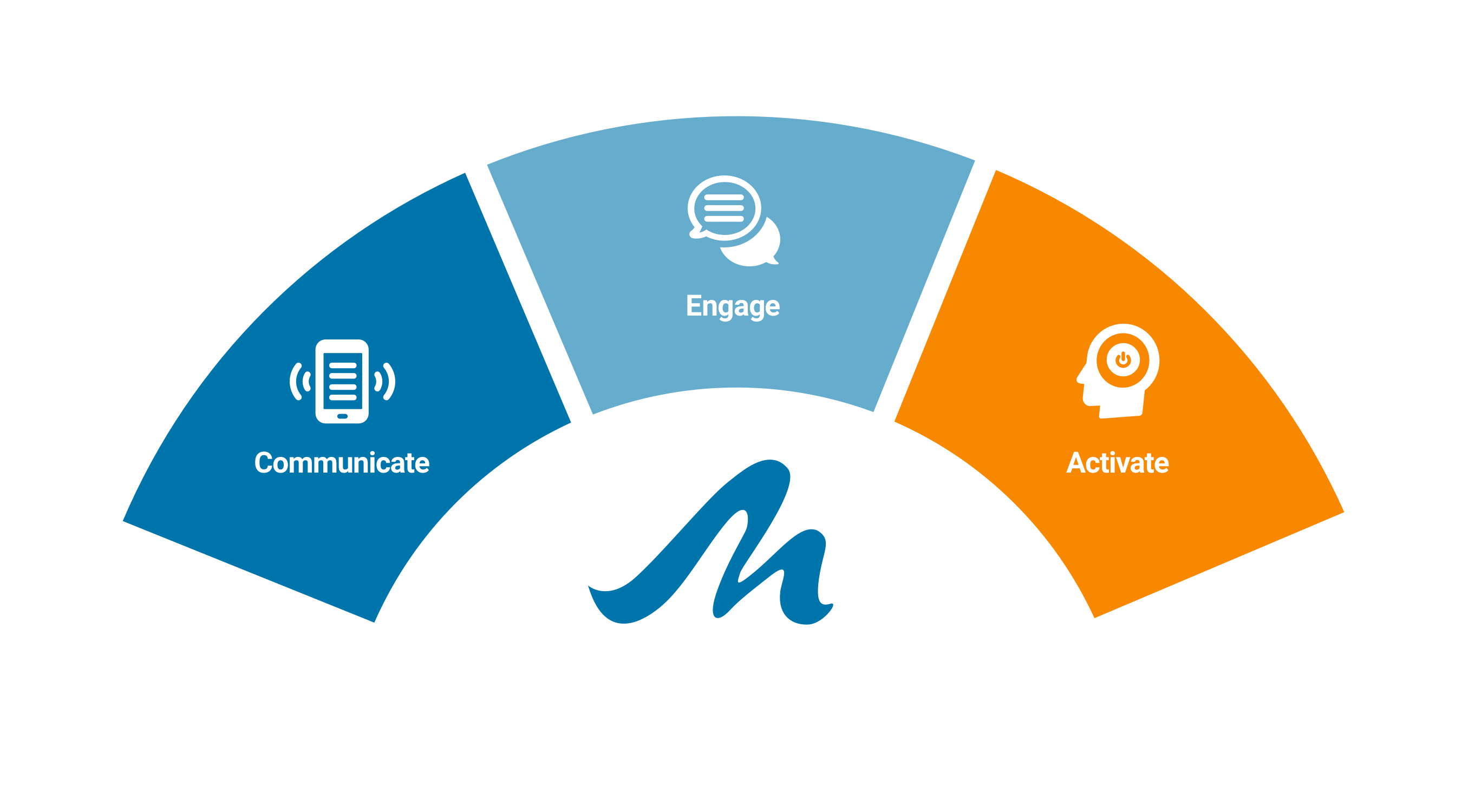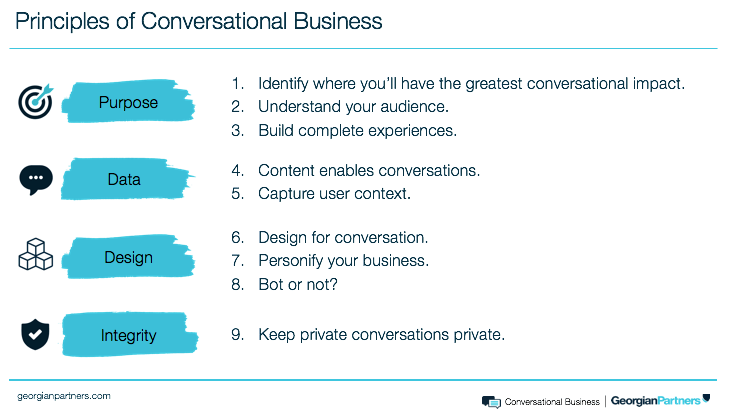Our Senior Vice President of Marketing, Paige Mantel, shares key takeaways from the customer panel discussion at our inaugural event. This blog is the second in a series of Activate 2017 posts.
I had the pleasure of hosting a panel with three mPulse Mobile customers sharing their goals, strategies and learnings with mobile programs. Below I highlight their key insights including a summary of each program with results and top takeaways.
Todd Robin, Medtronic’s Senior Director of Global Marketing
Medtronic’s Diabetes Services & Solutions division is a highly consumer-oriented business. Todd highlights his key focus on, “How can we create a customer experience that rivals that of leading consumer brands, including Apple and Amazon?” In the pursuit of improving the customer experience to support Medtronic’s customer loyalty and financial goals, mobile engagement, and specifically conversational engagement, tools have been implemented.
Medtronic has been working with mPulse for over 3 years to deliver a proactive, completely automated and integrated supply order program via interactive text messaging that supports customers through their journey, eases interaction with Medtronic and empowers them to stay adherent to their diabetes therapy program.
Key results driving ROI include redirecting 15% of call-center phone-based orders to a text messaging workflow. This lead to a significant financial and operational improvement. In addition, with the continual use of data to improve the process, Medtronic increased their order conversion rate from 7% to 17%. Customer feedback has been very positive with less than 2% opting out of the program.
Allison Melun, Delta Dental of Colorado’s Marketing Communications Manager
Delta Dental of Colorado, the state’s leading dental benefits company, is focused on helping members understand the value of their dental plan and the importance of preventive care.
With the goal of increasing utilization of preventive services, Allison highlighted the challenge in the Child Health Plan Program where only 40% had visited a dentist. “We looked to mPulse to help increase education and awareness and create a dialogue to help parents take their kids in for dental care.”
The innovative text message-based program at Delta Dental included interactive questions to help the parents understand barriers to adopting dental services, links to educational materials and the dentist so that parents could immediately connect to care and monthly engagement messages to reinforce healthy dental habits.
Allison highlighted results: “Interactive questions lead to by far the highest engagement with over 10% click through rates. We were thrilled with the results. We had 70% of those parents that were messaged take their kids into the dentist as measured by dental claims.”
Adam Kaufman, Canary Health CEO
Canary Health, leading provider of digital health self-management programs that prevent the progression of chronic diseases, is focused on building awareness and engagement with their programs to improve health outcomes for their consumers. Adam partnered with mPulse to support their goals around “motivating consumers to continue participation in their digital health self-management program, notify participants when new online lessons and coaching messages are available and engage with participants using a communication channel that extends and improves the experience.”
Being the most recent program launched of the three panelists, Adam states that “Messages prove highly effective at driving specific activities with the digital health self-management program with 43% click through rate for new lesson notifications and 18% click through rate for new coach notes.”
Our audience had great questions for the panelists. Here are the key takeaways.
How do you choose the area to implement a text message program?
- Pick the consumer engagement area where you have the lowest engagement rates today. For example, Delta Dental picked the area that they have low utilization of the important health care services they offer to see how they can better empower consumers in their health.
- Look at where you aren’t meeting customer satisfaction goals and areas that need improvement by using a more effective and engaging communication method.
- Assess operational areas that could be more efficient with using text-based customer service rather than call-based.
How do you get started quickly and then grow the program for more benefits?
- Don’t try to boil the ocean! Start small with focus on a certain area with measurable goals and measure the improvement and ROI. This approach helps get people throughout the organization get onboard quickly by seeing the results.
- Grow by harnessing greater potential by using all of the technological capabilities including NLP (natural language processing) to automate conversations.
- Look at the data and the analysis to continually improve the program, including segmenting and tailoring different text dialogues to different consumer groups.
How do you measure ROI & benefits?
- Customer base growth: through innovation that delights them and meets their needs
- Customer satisfaction: net promoter score, customer surveys, sentiment score within the text program
- Financial: revenue growth
- Operational improvements: more efficient use of resources, including call centers
Best practices
- Use the recommended opt-in approach that optimizes program enrollment
- Start with a focused program, show results and grow from there
- Allow call center staff to handle both phone calls and incoming text messages with the mPulse Engagement Console – increases staff satisfaction
- Take full advantage of the mPulse team’s knowledge and experience to help develop the program




